Séralini’s 2012 study[1] tested the long-term effects of Monsanto’s GM NK603 maize, which is engineered to survive being sprayed with Roundup herbicide, and Roundup. The study used 200 rats divided into ten groups, each of ten males and ten females. The GM maize alone was tested on three groups at 11%, 22% and 33% of the total diet. GM maize which had been sprayed with Roundup in the field was tested on three groups in the same proportions. Roundup alone, given in drinking water at three different doses, was tested on three groups. The lowest dose corresponded to contamination found in some tap water, the intermediate dose to the maximum level permitted in the USA in animal feed, and the highest dose to half the strength of Roundup as used in agriculture. Controls were fed a diet containing 33% non-GM maize and plain drinking water.
- Escalation of signs of liver and kidney toxicity found in Monsanto 90-day feeding trial (Hammond, B., et al. (2004). Results of a 13 week safety assurance study with rats fed grain from glyphosate tolerant corn. Food Chem Toxicol 42(6): 1003-1014), leading to liver / kidney failure and premature death, especially in males
- Unexpected increase in tumor incidence, especially via Roundup in females (mammary tumors)
- Unexpected low dose toxicity from Roundup (10,000 times lower than that permitted in drinking water in USA)
- Females: died prematurely from mammary tumors and pituitary dysfunction.
In treated males, the most commonly affected organs were the liver and kidneys, and deaths were mostly due to liver and kidney disease. Hepatic (liver) congestion and necrotic foci (areas of dead tissue) were 2.5–5.5 times more frequent in all treatment groups than controls. The activity of the liver enzyme gamma-glutamyl transferase was increased up to 5.4 times for the groups fed GM maize plus Roundup, a possible sign of toxicity.
For all treatments and both sexes, 76% of altered parameters were kidney-related. In treated females, sodium and chloride ions increased in urine. The same ions decreased in serum, as did levels of phosphorus, potassium, and calcium. Creatinine clearance in urine decreased in all treatment groups compared with female controls.
In females, the androgen/estrogen balance in serum was modified by GM maize and Roundup treatments. In males fed the highest Roundup dose, levels of estrogen more than doubled.
Up to 14 months, no animals in the control groups showed any signs of tumours, compared with 10–30% of treated females, except the group consuming the highest proportion of GM maize plus Roundup. By the 24th month, 50–80% of females in all treated groups had developed tumours, with up to three per animal, whereas only 30% of controls were affected.
Whereas 30% of control males and 20% of control females died before the mean survival time, up to 50% of males and 70% of females died prematurely in some groups containing GM maize.
Link to study: http://www.sciencedirect.com/science/article/pii/S0278691512005637
References
1. Séralini, G. E., et al. (2012). Long term toxicity of a Roundup herbicide and a Roundup-tolerant genetically modified maize. Food and Chemical Toxicology 50(11): 4221-4231.












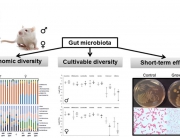







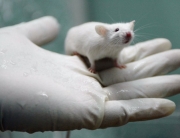









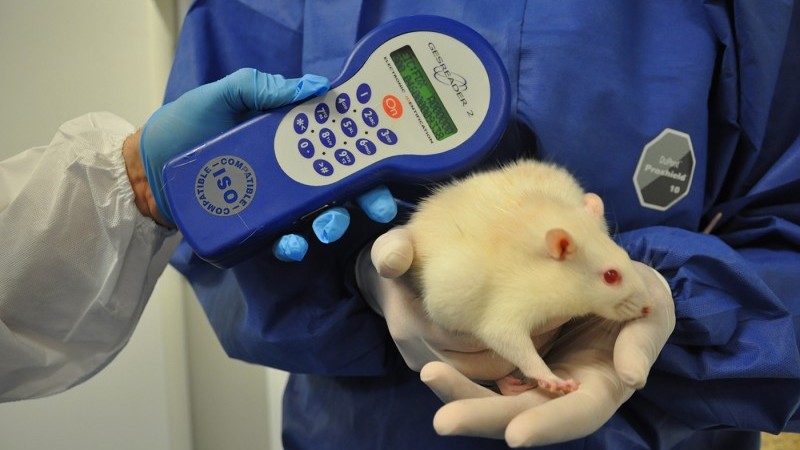































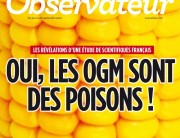



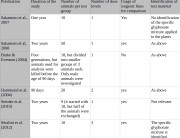















This study has been republished: http://www.enveurope.com/content/26/1/14